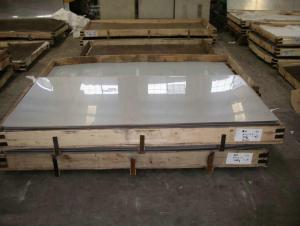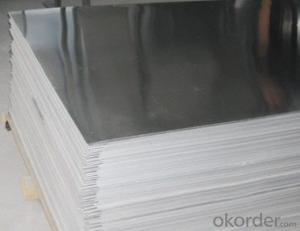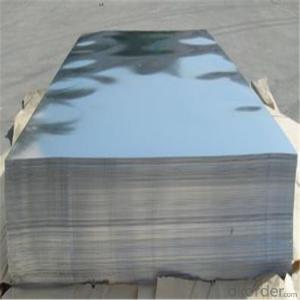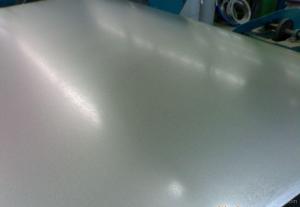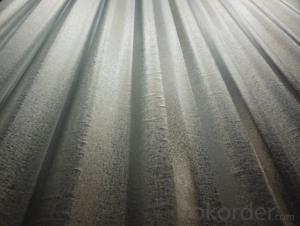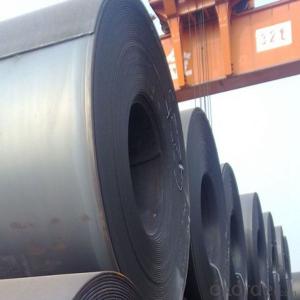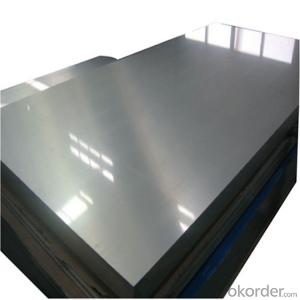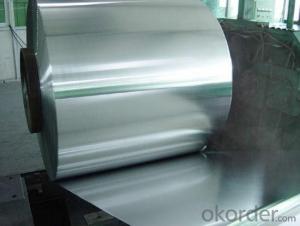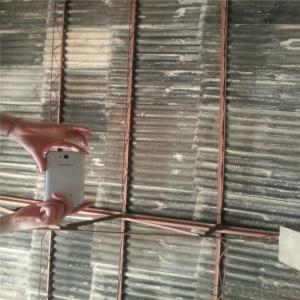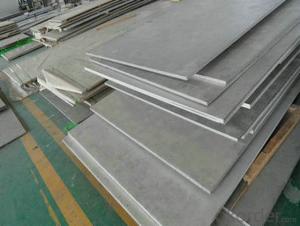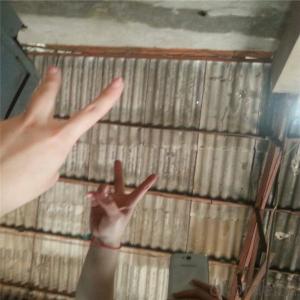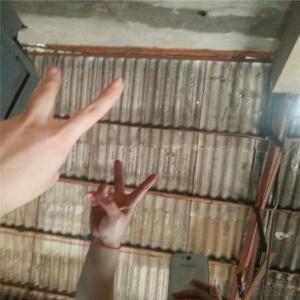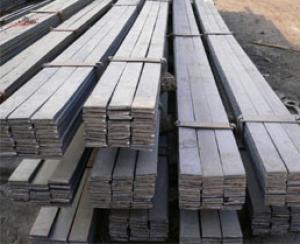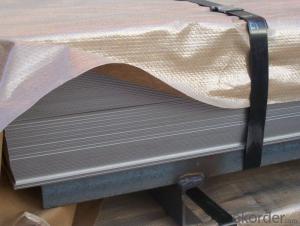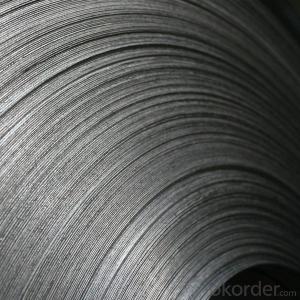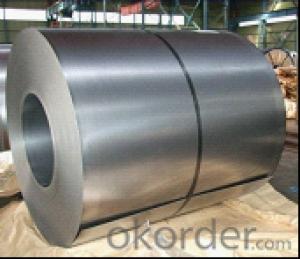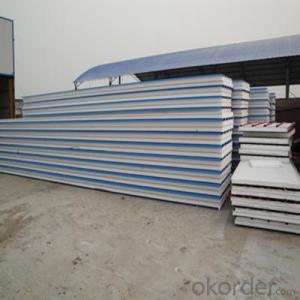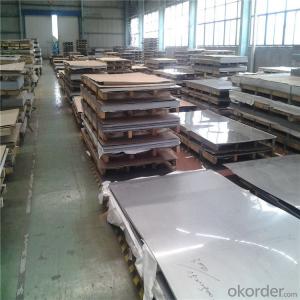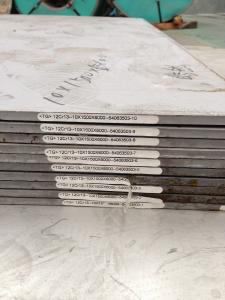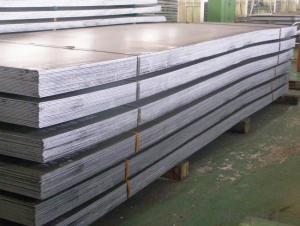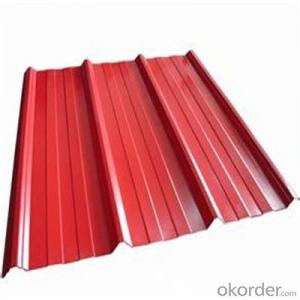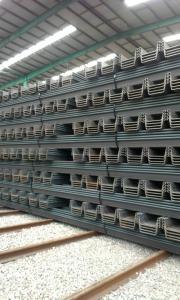4x8 Stainless Steel Sheet
4x8 Stainless Steel Sheet Related Searches
Stainless Steel 4x8 Sheet Stainless Steel 4x8 Sheets 4x8 Sheet Of Stainless Steel Stainless Steel Sheets 4x8 4 X 8 Sheet Of Stainless Steel 4x8 Stainless Steel Sheet Price 1 8 Stainless Steel Sheet Galvanized Steel Sheet 4x8 4X8 Metal Sheets 4X8 Sheet Aluminum 4X8 Styrofoam Sheets 1/8 Stainless Steel Sheet 4X8 Galvanized Sheet Metal Sheet Metal Sheets 4X8 Sheet Metal 4X8 Plastic Sheets 4X8 Aluminum Tread Plate Sheet 4x8 Hard Plastic Sheets 4X8 Galvanized Sheet Metal 4X8 4X8 Tin Sheets Polypropylene Sheets 4X8 4 X 8 Styrofoam Sheets Plexiglass Sheets 4X8 Aluminum Diamond Plate 4x8 Sheet Clear Plastic Sheets 4X8 4x8 Sheet Aluminum Diamond Plate Diamond Plate Aluminum Sheets 4X8 22 Gauge Sheet Metal 4X8 4x8 Sheet Diamond Plate Aluminum Sheet Of Stainless Steel4x8 Stainless Steel Sheet Supplier & Manufacturer from China
Stainless steel sheets, such as the 4x8 Stainless Steel Sheet, are widely recognized for their durability, corrosion resistance, and aesthetic appeal. These sheets are crafted from high-quality stainless steel, offering a versatile and robust solution for various applications. The 4x8 Stainless Steel Sheet is particularly favored for its size, making it suitable for a broad range of projects.The 4x8 Stainless Steel Sheet finds its application in numerous industries, including construction, automotive, aerospace, and food processing. Its usage scenarios range from architectural cladding and kitchen equipment to industrial machinery and automotive components. This product's versatility ensures that it can be tailored to meet the specific requirements of each project, whether it's for decorative purposes or structural integrity.
Okorder.com is a leading wholesale supplier of the 4x8 Stainless Steel Sheet, boasting a large inventory to cater to the diverse needs of customers worldwide. With a commitment to quality and customer satisfaction, Okorder.com ensures that each 4x8 Stainless Steel Sheet is manufactured to the highest standards, providing a reliable and cost-effective solution for businesses and individuals alike.
Hot Products
